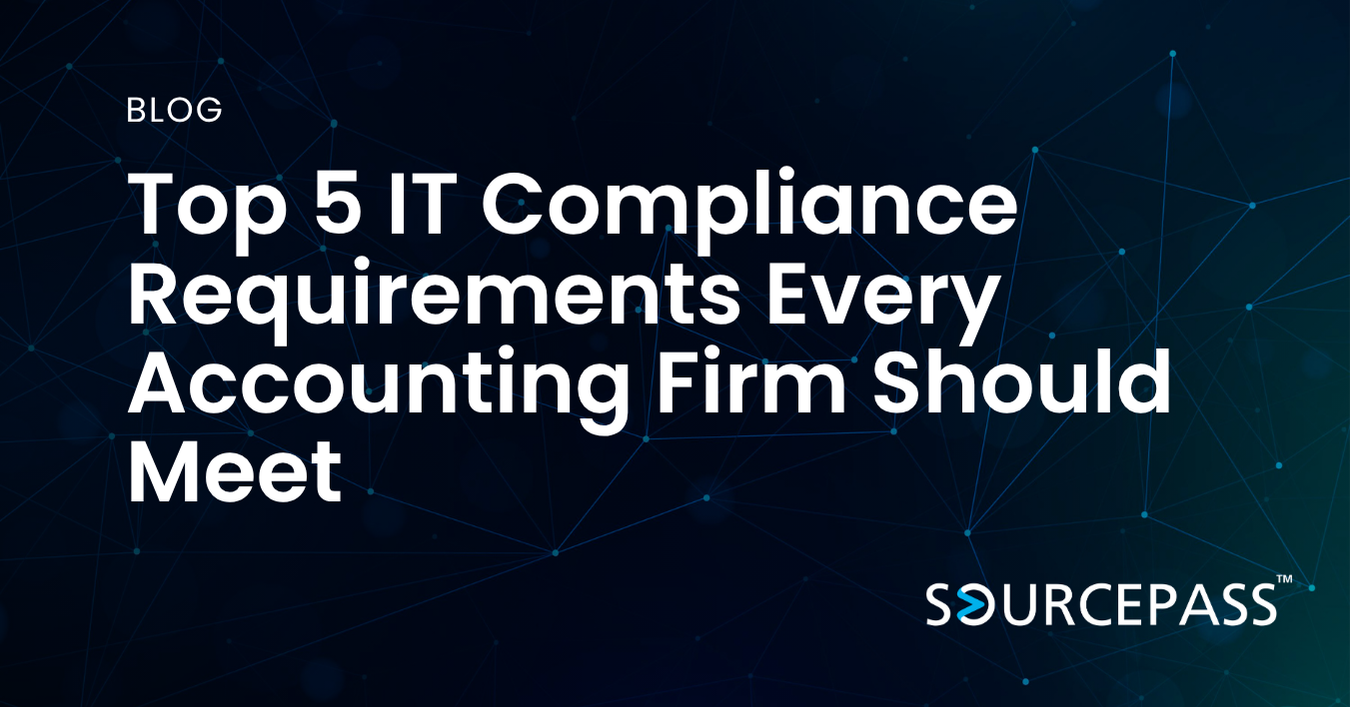How to Conduct a Pre-Year-End IT Health Check
Nov 17, 2025 Alex Davis Strategy & Modernization 2 min read



As the year comes to a close, systems, networks, and teams face increased operational pressure. This is often when hidden IT issues surface, slowdowns become noticeable, and small inefficiencies turn into productivity barriers. A structured pre-year-end IT health check helps businesses eliminate bottlenecks, strengthen security, and ensure uptime when it matters most.
This guide outlines practical, actionable steps organizations can follow to assess and optimize their environment before entering the year-end rush.
Why a Pre-Year-End IT Health Check Matters
The year-end period is one of the most demanding for many organizations. Workloads increase, customer activity spikes, and internal teams rely heavily on technology. Conducting a health check allows you to:
-
Prevent downtime during critical business cycles
-
Identify security gaps before threat activity increases
-
Fix performance issues that slow employees down
-
Validate backups and disaster recovery readiness
-
Confirm systems are compliant and up to date
A short investment in IT diagnostics now can prevent costly emergencies later.
Key Steps for a Successful IT Health Check
Review System Performance Logs
Performance logs provide insight into how your infrastructure has behaved over time. Reviewing them helps uncover patterns that indicate deeper issues.
Look for:
-
CPU or memory spikes
-
Network congestion indicators
-
Application errors or repeated crashes
-
Resource saturation on servers or virtual machines
A trend analysis can highlight problems that will worsen during busy periods.
Check Storage Capacity and Backup Integrity
Storage shortfalls and backup failures are among the most common causes of year-end disruptions.
Assess the following:
-
Current storage utilization and future projections
-
Fragmented or outdated storage arrays
-
Backup success rates
-
Restoration test results
-
Offsite and cloud backup availability
If you have not tested a full restoration in the last quarter, now is the time.
Validate Patching and Update Status
Unpatched systems expose your business to security breaches, compatibility issues, and performance instability.
Review:
-
Operating system patching status
-
Application and software update schedules
-
Firmware and driver updates
-
Critical security patches released within the last 30 to 90 days
Automated patching reduces risk, but manual verification ensures nothing has been missed.
Test Failover and Continuity Systems
Failover systems are only effective if they function when needed. Many businesses assume continuity plans are operational without testing them.
Conduct tests for:
-
Network failover routes
-
WAN redundancy
-
Virtual server failover
-
Backup and recovery timelines
-
Cloud service continuity
Document gaps and schedule remediation before year-end workloads increase.
Assess Endpoint Health and Security Posture
Endpoints often cause the highest volume of year-end help desk tickets. Ensuring devices are healthy and secure reduces user disruption.
Evaluate:
-
Antivirus and endpoint detection status
-
Disk health and available space
-
Login and credential issues
-
Missing patches or outdated software
-
Device compliance with company policies
If employees use personal devices or remote workstations, include those in your assessment as well.
Turning Insights Into Action
After reviewing the key areas above, compile a list of issues by priority. Address urgent risks first, such as:
-
Failing hardware
-
Security vulnerabilities
-
Backup or recovery gaps
-
Systems operating at or near capacity
Then create an improvement roadmap for long-term upgrades, modernization efforts, and proactive monitoring plans.
Working with a managed IT provider can help ensure every aspect of your environment is reviewed, documented, and optimized before year-end.
FAQ: Pre-Year-End IT Health Checks
What is an IT health check?
An IT health check is a structured review of your systems, network, security, and processes to identify issues that affect performance, reliability, and security.
How often should a business conduct an IT health check?
Most organizations benefit from conducting a health check at least once per year, with additional reviews before peak periods or after major changes.
Who should perform the IT health check?
Internal IT teams can conduct the check if they have the capacity and expertise. Many businesses use managed IT partners to ensure a thorough, objective review.
What are the most common issues found during year-end IT health checks?
Common issues include outdated patches, storage shortages, backup failures, overloaded servers, and endpoint performance problems.
What should I do if my business experiences ongoing IT issues after the health check?
Document recurring issues and consider upgrading systems, improving monitoring, or partnering with an IT provider to gain ongoing support and proactive management.
Subscribe To
Sourcepass Insights
Sourcepass Insights
Stay in the loop and never miss out on the latest updates by subscribing to our newsletter today!
.png?width=500&height=100&name=White%20Logo%20-%20Transparent%20Tag%20(3).png)



